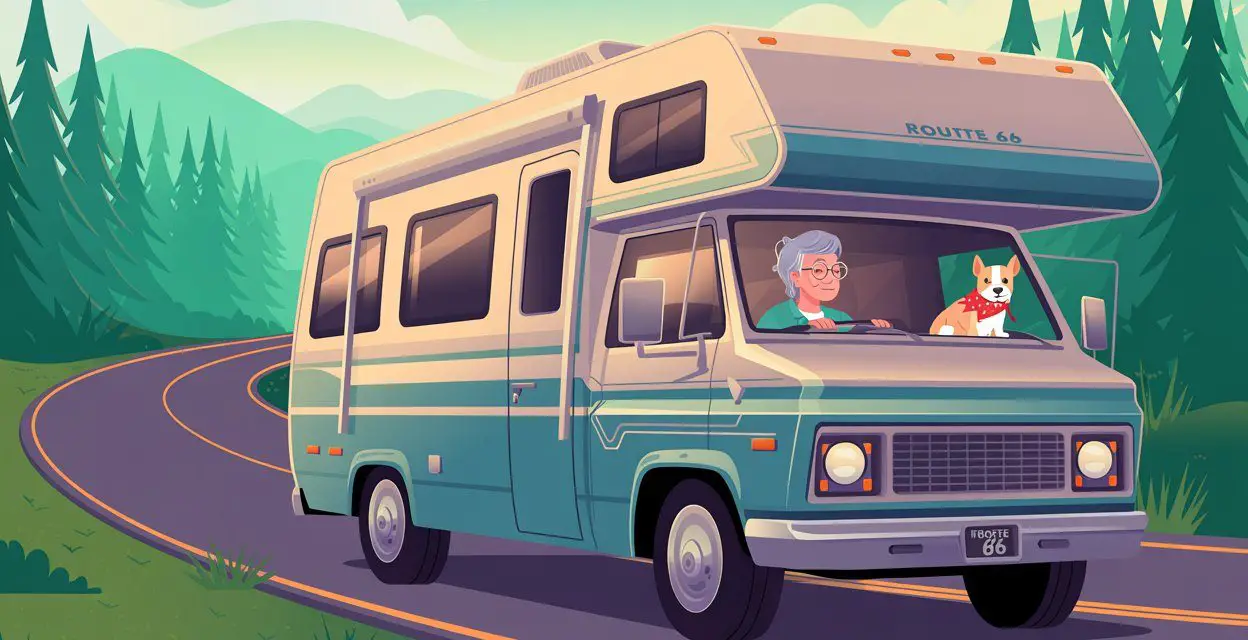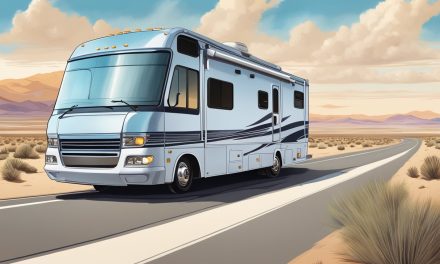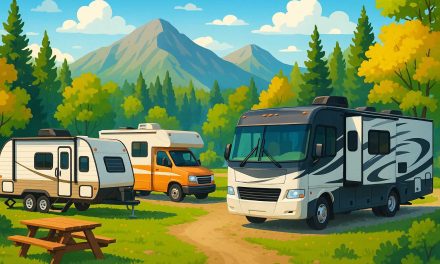Would you like to save this article?
When it comes to hitting the open road in an RV, navigation is key—but not everyone relies on the same tools to find their way. We recently asked our readers, “What type of RV navigation system do you use?” to uncover the most popular methods for route planning and exploration.
The responses were fascinating, revealing a clear favorite among modern RVers. Whether you’re a tech-savvy traveler or a traditionalist who loves unfolding a paper map, your choice says a lot about your road trip style. This poll was featured in our newsletter, and if you haven’t voted yet, be sure to cast your ballot so your voice can shape future findings!
Here’s how the votes stacked up:
| Navigation Method | Percentage of Votes |
|---|---|
| Built-in GPS | 13% |
| Smartphone app | 61% |
| Standalone GPS device | 22% |
| Paper maps | 4% |
Smartphone Apps Dominate the Road
It’s no surprise that smartphone apps took the lead with a whopping 61% of the vote. With real-time traffic updates, user-friendly interfaces, and constant improvements, apps like Google Maps, RV-specific tools (such as RV LIFE or Campendium), and even offline map options make navigating in an RV easier than ever. The convenience of having everything on one device—campsite bookings, weather alerts, and route planning—clearly resonates with today’s travelers.
Standalone GPS Devices Still Have Their Fans
While standalone GPS units may seem like a relic of the past to some, 22% of RVers still swear by them. Many prefer the reliability of a dedicated device, especially in areas with weak cell service. Some RV-specific GPS models even account for low bridges, propane restrictions, and vehicle height—features that standard smartphone apps sometimes miss.
Built-in GPS: Luxury or Outdated Tech?
Only 13% of voters use built-in GPS systems, which often come pre-installed in newer RVs. While they offer seamless integration, some RVers find them less intuitive than smartphone apps or standalone devices. Updates can also be costly or infrequent, making them less appealing compared to constantly evolving app-based solutions.
Paper Maps: The Nostalgic 4%
A small but dedicated 4% of adventurers still rely on paper maps—and we salute them! There’s something undeniably romantic about unfolding a map and tracing your route with a finger. Plus, when technology fails, good old-fashioned maps never lose signal.
Why Did Smartphone Apps Win by a Landslide?
Our theory? Convenience, versatility, and constant innovation make smartphone apps the go-to choice. With most people already carrying their phones everywhere, adding an RV navigation app is a no-brainer. Real-time updates, crowd-sourced reviews of campsites, and offline capabilities give them a major edge. Meanwhile, standalone GPS devices remain relevant for their specialized features, while built-in systems and paper maps cater to niche preferences.
No matter how you navigate, the best system is the one that gets you safely to your next adventure. Happy travels—and don’t forget to vote in our next poll!





